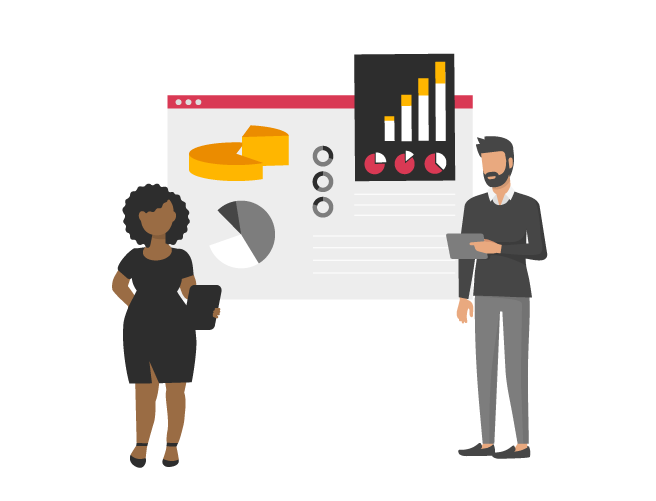

Insurance 2030: Distribution reinvention
Ongoing reinvention of insurance distribution puts brokers and independent agencies in an excellent position to remain relevant and successful far into the future.
Personal lines P&C is a high volume, low margin sector. The mandatory nature of coverage means that most customers’ main buying consideration is price. This has resulted in commodification, to which most carriers — particularly in auto — have responded by investing in automation, data and other efficiencies to keep their expenses and customer prices as low as possible.

Customers: Tell me what I’m getting for the premiums I pay and how I can avoid claims. And if something does happen, make it easy for me to navigate the claims process.
Agencies/producers: Share data and insights to make it easier for me to evaluate the risks you’ll write. Integrate with my systems and automate/digitize simple transactions so I can focus on sales and customer engagement.
Retail partners: Give us easy-to-sell insurance solutions that complement our products and services so we can embed new revenue streams that meet customer needs.
Insurtechs: Create flexible technology architecture that allows us to solve problems together. Invest with us to push the industry forward.

While some carriers have experimented with innovative coverages (e.g., drive by mile) we expect that most personal lines P&C carriers will opt to change pragmatically as we look to 2030. For example, many home insurers are emulating their auto counterparts by focusing on digitization, automation and a focus on efficiency, while still offering value-added advice and the assurance that customers want when insuring their home. Some companies are pursuing a more customer-focused and even transformative path, but this requires moving beyond digitization and automation to analytics-assisted personalization of existing products and coverages in an integrated ecosystem.
That said, whether you’re content to incrementally enhance efficiencies or want to launch a moon shot that reinvents your business, there are certain “no regrets” moves that can help you remain relevant in a highly competitive space.

Many high frequency/low severity claims (e.g., windshield replacement, roadside assistance, food spoilage) are ripe for automation. The carriers already developing and deploying digital claims solutions are improving outcomes at scale, reducing handling costs and improving customer satisfaction via quicker resolution and lower prices. They’re also reducing loss severity by enabling adjusters to focus on the most complex claims, thereby shifting claims processing to more strategic and professionally rewarding portfolio-level claims management.
To achieve these goals, from an incremental to future-defining approach:
Identify what’s both positively and negatively affecting claims efficiency, cost and customer experience.
Invest in a technological foundation that automates the claims process and can rapidly integrate new capabilities. This includes developing more advanced analytics and automation to facilitate more effective decision-making.
Develop claims features that increase sales and revenue, such as customer-first offerings like concierge support and access to preferred networks for claims resolution that are available in addition to traditional premium at the point of claim.
Partner as needed to quickly build specialized capabilities.
Enhance Internet of Things (IoT) capabilities to immediately detect and address claims, with the ultimate goal of preventing claims events before they happen.
PwC’s Marie Carr, Scott Froseth, Juan Fuentes, Brandon Gabel, Ilana Golbin, Sean Kelly, Chris Kotcamp, Matt Laury, Ben Nafta, Drew Ross and Katie Klutts-Wysor contributed to this report.


Ongoing reinvention of insurance distribution puts brokers and independent agencies in an excellent position to remain relevant and successful far into the future.


To meet insurance customers’ expectations, radical reinvention of back and mid-office services should be a carrier priority.


Carriers know the insurance customer experience must improve. We describe how they can move from customer worst to customer first.


How are insurers confronting change to the very fabric of the industry? We see four main competitive scenarios for 2023 and beyond.